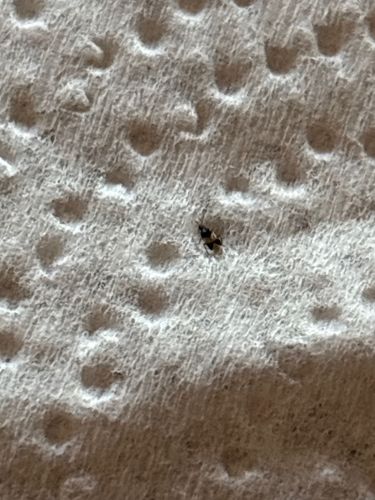Fungus Gnat
Scientific Name: Bradysia spp. or other genera within Sciaridae/Mycetophilidae
Order & Family: Diptera, Sciaridae / Mycetophilidae
Size: 1-5 mm (typically 2-3 mm)

Natural Habitat
Damp, rich soil, especially in potted plants, greenhouses, and areas with decaying organic matter. Adults are often seen near windows or damp indoor areas.
Diet & Feeding
Larvae feed on fungi, decaying plant matter, and sometimes plant roots. Adult fungus gnats do not generally feed and are short-lived.
Behavior Patterns
Adults are weak fliers and are often seen walking or flying clumsily around potted plants or lights. They are attracted to moisture and light. Larvae live in the soil and are responsible for any plant damage. Their life cycle from egg to adult is relatively short (2-4 weeks), allowing for multiple generations in favorable conditions.
Risks & Benefits
Risks: Larvae can damage the roots of seedlings and young plants, especially in indoor potted plants, leading to wilting and stunted growth. They are primarily a nuisance pest for humans. Benefits: They play a role in decomposition of organic matter and can be a food source for other insects.
Identified on: 10/10/2025